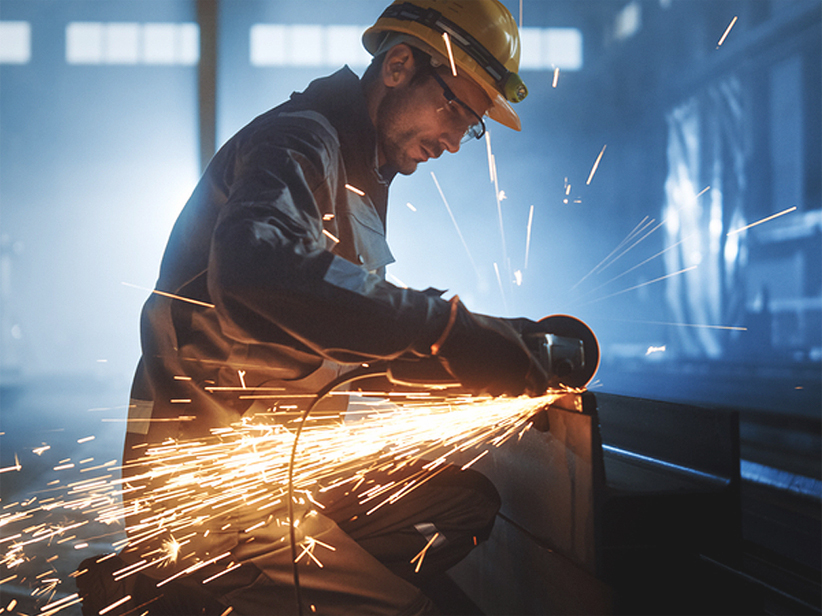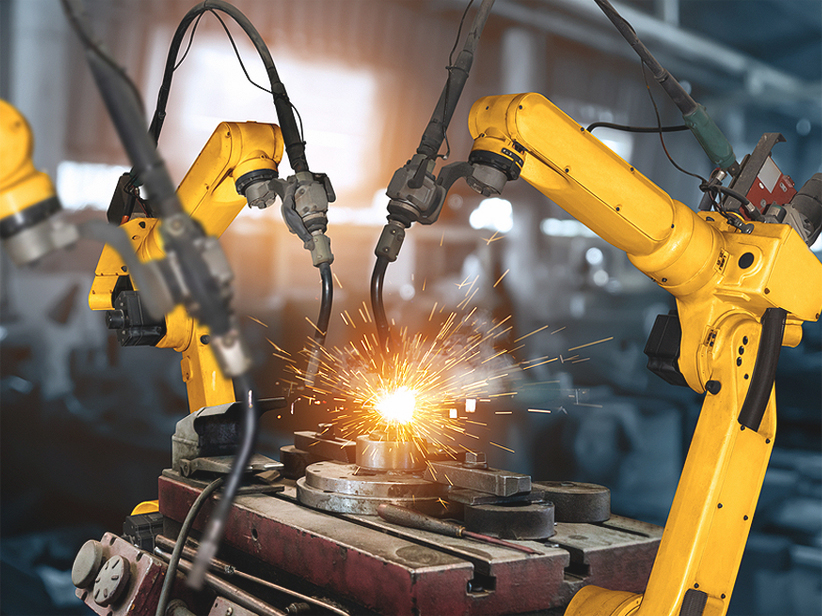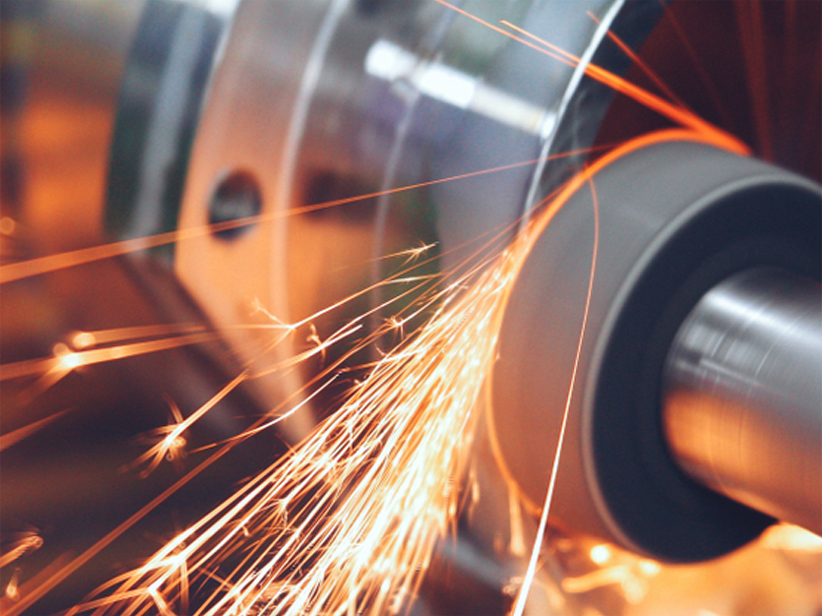HOW TO WELD PROPERLY? AN OVERVIEW OF DIFFERENT WELDING STYLES AND TECHNIQUES
All about Welding Methods and Techniques
Welding might seem like a difficult process but in reality, it is quite easy and inexpensive. Welding is joining two materials usually metals together by heating them till they become a molten hot weld puddle which is used in creating a weld bead. Given below are tips for proper stainless steel welding.
- Assure adequate ventilation and keep inflammable materials away.
- Keep all the tools and equipment handy.
- Clean the metal before welding for a good quality weld.
- Cut the metal accurately and set it in the exact position you want to weld them in.
- Adjust the settings of the welder as required.
- Clean the excess slag with chipping hammer.
- Different welding methods and techniques
- Welding goes back to blacksmiths using the heating forge to heat the metal and hammering the metal to fuse them together. It’s called forge welding. This was an old way of welding. Given below are different welding methods and techniques.
Equipment for oxy-acetylene welding includes two tanks one including the oxygen and the other acetylene, regulator assemblies on top of tanks and hoses leading from regulators to torch handles. Basically, the torch is used to create a molten puddle of metal on work then the end of welding rod is put into the molten puddle. The rod melts and mixes with molten metal leading to the bonding of two pieces. Too much or too little heat can spoil your welding. Good technique needs the correct intensity of the torch, making a good puddle, moving puddle at the right rate and feeding the right rod amount. Adjusting the torch correctly is the key to a good weld too.
It is a process of using filler rod as an electrode and electric arc to join two metals by melting the metal. The process includes establishing an arc to simultaneously melt work as well as rod so that the rod can be deposited on the work. Establishing an arc requires scratching the end of electrode across your work. When the spark jumps the electrode’s, tip has to be slightly moved away from work. It should not be moved too far leading to the breaking of the arc or too close leading to the electrode sticking to your work. Good technique is leading the electrode with the arc very little so that the developing puddle could be seen. You should keep the continuously melting electrode closer to your work while welding. Rapidly moving weld might lead to a weak weld.
MIG or Metal Inert Gas welding is the arc welding process that requires a constant welding electrode in the form of feeding wire. In MIG welding Inert gases like argon and co2 help in shielding weld puddle from gases like oxygen and nitrogen which are present in the atmosphere and which can lead to a weakening of the weld. Spools of wires used in MIG welding can be stainless steel welding wire, mild steel wire or aluminum wire. These spools whether it is of stainless steel MIG wires or of any other material may contain not only hundreds but thousands of meters/ feet of wire. Setting the electricity arc intensity and wire feed rate correctly according to the material is the best technique for better MIG welding.
Lastly practicing your welding skills will help you in getting the perfect welds. Starting with the least expensive arc welder is a good idea.







